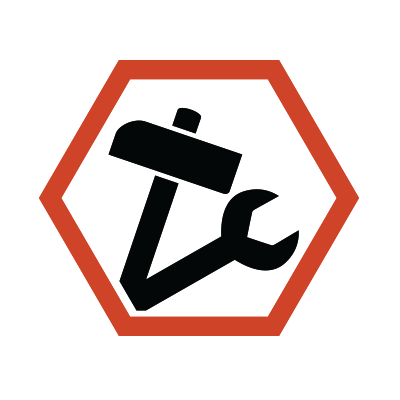Blocked drains are a common household issue that can lead to slow drainage, unpleasant odors, and sometimes to water damage if not addressed early. Understanding the causes and solutions for blocked drains is essential for maintaining a healthy plumbing system.
What Causes Blocked Drains?
Common Causes
Blocked drains can result from a variety of factors. Grease and fat from cooking can accumulate in pipes, solidifying over time and causing blockages. Hair is another frequent culprit, particularly in bathroom drains, where it combines with soap to form stubborn clogs. Tree roots can infiltrate underground pipes, seeking moisture and nutrients, leading to severe blockages. Additionally, debris such as food particles, sanitary products, and foreign objects can obstruct drains.
Preventive Measures
Regular cleaning and maintenance are key to preventing blocked drains. Using drain covers to trap hair and debris, refraining from pouring grease down the sink, and periodically flushing drains with hot water can help keep pipes clear.
DIY Solutions for Blocked Drains
For minor blockages, there are several DIY methods that can effectively clear drains without the need for professional intervention.
Home Remedies for Unblocking Drains
Baking Soda and Vinegar
This natural cleaning solution is both effective and environmentally friendly. Pour half a cup of baking soda down the drain, followed by half a cup of vinegar. Cover the drain and let the mixture fizz for about 30 minutes before flushing with hot water.
Salt and Hot Water
A simple yet effective method involves pouring half a cup of salt down the drain, followed by boiling water. The abrasive nature of salt combined with the heat helps break down clogs.
Using a Plunger
A plunger works by creating suction and pressure to dislodge blockages. Ensure there is enough water in the sink or tub to cover the plunger’s head, then use firm up-and-down motions to clear the drain.
Basic Tools for Blocked Drains
Plungers
Available in various types such as cup plungers for sinks and flange plungers for toilets, they are essential tools for any household.
Drain Snakes
These flexible cables can reach deeper clogs that are beyond the reach of plungers. Insert the snake into the drain and turn the handle to break up or retrieve the blockage.
Rubber Gloves
For manual removal of visible blockages, rubber gloves provide protection while allowing you to remove debris by hand.
Wet and Dry Vacuum
By creating a tight seal over the drain opening, these vacuums can be used in reverse mode to suck out blockages effectively.
Advanced Equipment for Drain Unblocking
Jet Blasters
These high-pressure water jets are capable of clearing stubborn blockages by blasting away debris without damaging pipes. They are particularly effective for grease build-up and tree root intrusion.
CCTV Drain Cameras
Used for diagnosing blockages deep within pipes, these cameras provide visual inspections without excavation. They help identify the exact location and nature of the blockage.
No-Dig Pipe Relining
Pipe relining or trenchless pipe replacement is an advanced method repairs underground pipes without digging. It involves inserting a custom epoxy mould into the damaged pipe, which hardens to form a new pipe within the old one.
Augers/Drain Snakes
Often used by professionals for serious clogs, augers are heavy-duty tools that can break through tough obstructions in pipes.
Professional Techniques to Clear Drains
Using Hydro Jets
While effective, hydro jets require careful handling to avoid pipe damage. Professionals ensure safe operation by assessing pipe condition before use.
Employing CCTV Cameras
These cameras provide comprehensive inspections that guide professionals in selecting appropriate clearing techniques.
Implementing No-Dig Pipe Relining
This method is ideal for repairing extensive damage without disrupting landscaping or infrastructure.
Assessing the Blockage
Identifying the Cause
Understanding whether grease, hair, roots, or debris caused the blockage helps determine the best approach for clearing it.
Evaluating the Severity
Minor clogs may be resolved with DIY methods like plungers or snakes, while severe or recurring issues might necessitate professional intervention with advanced tools like jet blasters or CCTV cameras.
Safety Considerations
Avoiding Pipe Damage
High-pressure tools like hydro jets should be used with caution to prevent damaging older or fragile pipes.
Ensuring Personal Safety
Always wear protective gear such as gloves and goggles when handling chemicals or using mechanical tools to clear drains.
Effectively addressing blocked drains involves combining DIY methods with professional tools when necessary. Regular maintenance and preventive measures can significantly reduce the likelihood of blockages. By understanding both simple home remedies and advanced professional techniques, homeowners can ensure their plumbing systems remain efficient and problem-free.







Leave a Reply